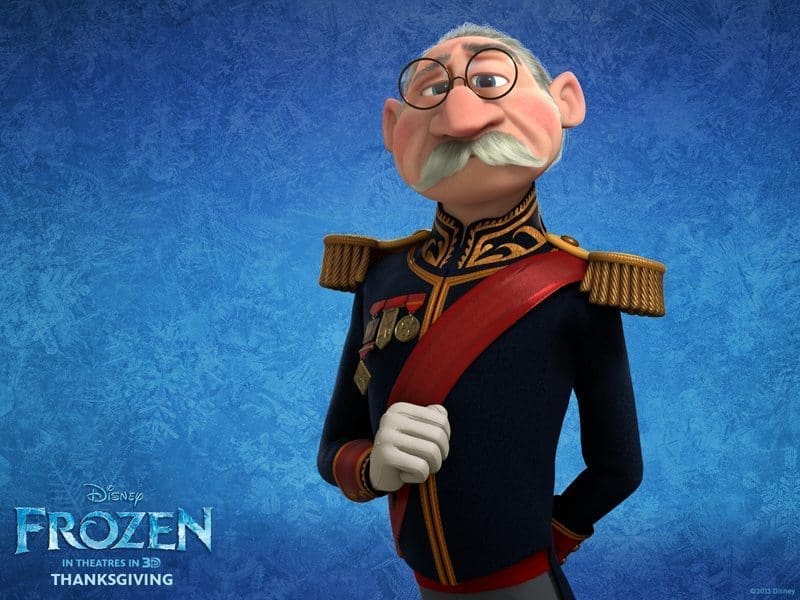I’ve spent the last couple of years immersing myself in education and advice on screenwriting/storytelling. There’s a million storytelling ninjas out there with differing ideas on how it’s done and so many of them (who aren’t selling a book) will tell you that “how it’s done” is a very liquid thing. I decided my best course of action was to keep a journal and every time I hear something inspiring or useful, I should write it down in a “Storytelling notes” journal. By journal, of course I mean a Google doc. These entries are usually a line or two from a podcast or a TED talk.

Yesterday I listened to an interview with Wreck-It-Ralph and Frozen screenwriter, Jennifer Lee. I’m really fascinated by the creative process of Pixar/Disney in a way that borders on unhealthy. The arduous journey of iteration that films like Toy Story and Finding Nemo go through before completion has always been inspiring to me. I love the idea that when you pull back the curtain of magic, you find a wellspring of old-fashioned hard work.
So Jennifer Lee, predictably inspire today’s entry. Instead of a single quote, this time I’m going to distill the overall idea I got from her interview. The podcast was focused outlining the iterative process of writing Frozen. If there is a master statement, it was her saying that she took each character and decided what he/she HAS to be at the beginning and what they HAVE to be at the end. Everything can be negotiated to support that. It gave me a whole new way to look at the early, structural part of a screenplay.
Early on my little weekend-warrior writing, I’d take a legal pad and number 1-90 (A 90 minute movie). I’d go in and decide what happened on every single page. That evolved into laying it out over the 3-act structure, then into Blake Snyder’s beat sheet. I know that stuff is all overly formulaic and not automatically conducive to compelling art by nature. I guess I just wanted to learn the rules before I bent/broke them.
My takeaway from Jennifer Lee’s interview is to approach storytelling absolutely from the characters first. Instead of worrying about the linear sequence of events, I’m going to set the characters up in my mind and completely understand who they are. Then I’ll decide where they’re going, and then how they get there. In the past I’ve done it the other way around. Hopefully my experiment will yield a more connective story that runs on its own humanity.
Or, I could also just have some giant robots body slamming each other into buildings for no reason while a guy with perfectly quaffed hair runs beneath them shooting a machine gun.